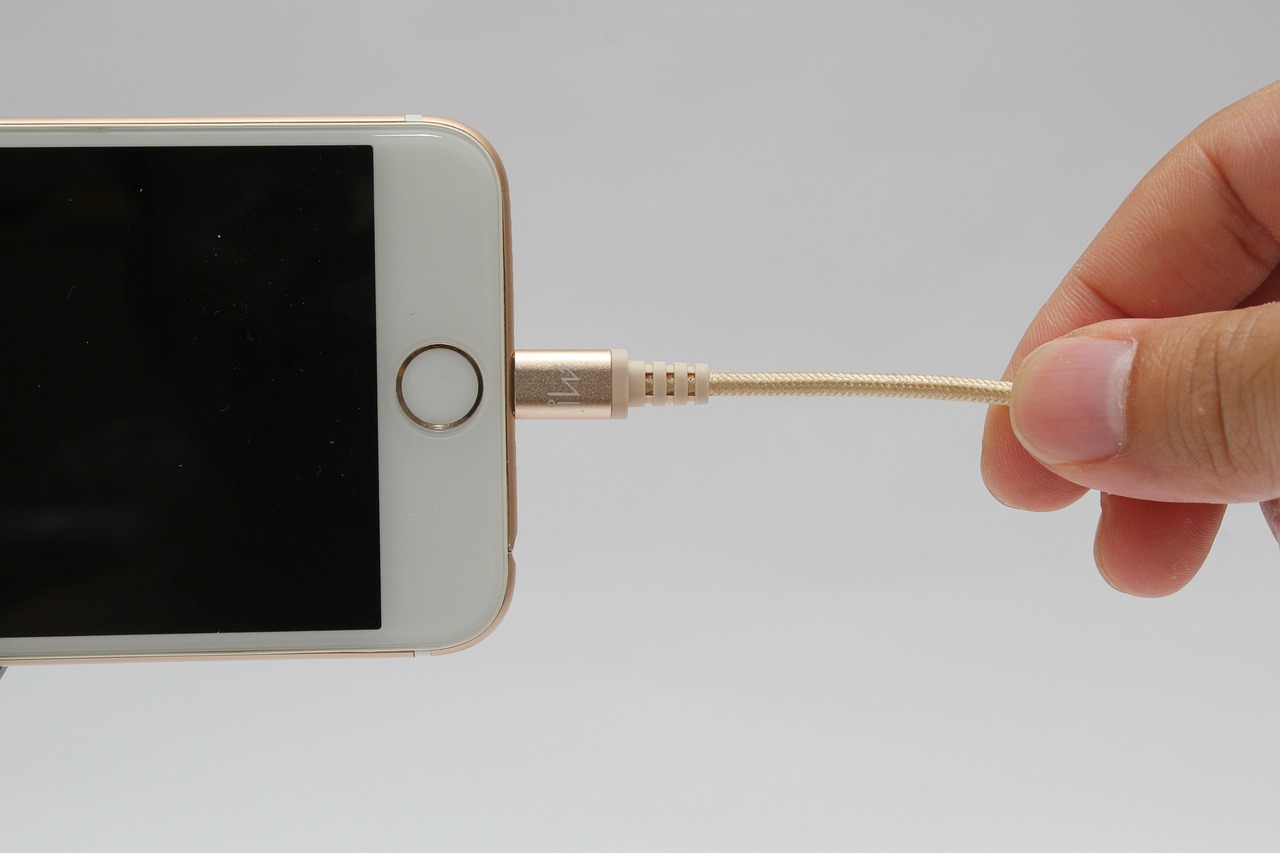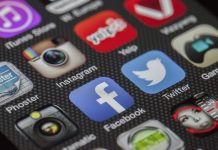
Tech giant Apple has claimed that abandoning its Lightning port used on its devices would result to an "unprecedented amount of electronic waste".
Amidst calls by some members of the European Parliament for all phone-makers to adopt a universal port to reduce waste, Apple argued that abandoning its proprietary Lightning port will generate more waste.
However, the tech firm pointed out that if it were to stop using the Lightning port, it will result to more waste because it will make Lightning-compatible accessories obsolete.
For the past decade, European politicians have been pushing for a single charging port as the European Commission estimates that obsolete cables create more than 51,000 tons of waste annually. European Parliament member Alex Agius Saliba said: "This is hugely detrimental for the environment."
Back in 2009, phone manufacturers designed their own connectors, resulting to more than 30 different chargers available on the market. So, several tech giants including Apple, Nokia and Samsung signed a voluntary pledge to provide chargers compatible with the micro-USB standard.
However, Apple took advantage of loophole that let it design its own port, as long as it offered a micro-USB adaptor for sale. The company introduced the Lightning port in 2012.
Currently, there are three main connectors being used by people, namely the USB-C and the older micro-USB for Android devices, and the Lightning for Apple devices.
Apple wants to maintain its Lightning port as it has already shipped more than a billion devices that have a Lightning connector, as well as millions of accessories that use the technology.
The company argued that it would disrupt "hundreds of millions of active devices and accessories used by our European customers".
Ben Wood, an analyst at the CCS Insight consultancy, said: "It's becoming increasingly difficult to understand why Apple insists on using the Lighting port, when the industry is standardizing around USB-C, and Apple itself has numerous devices that use USB-C."






